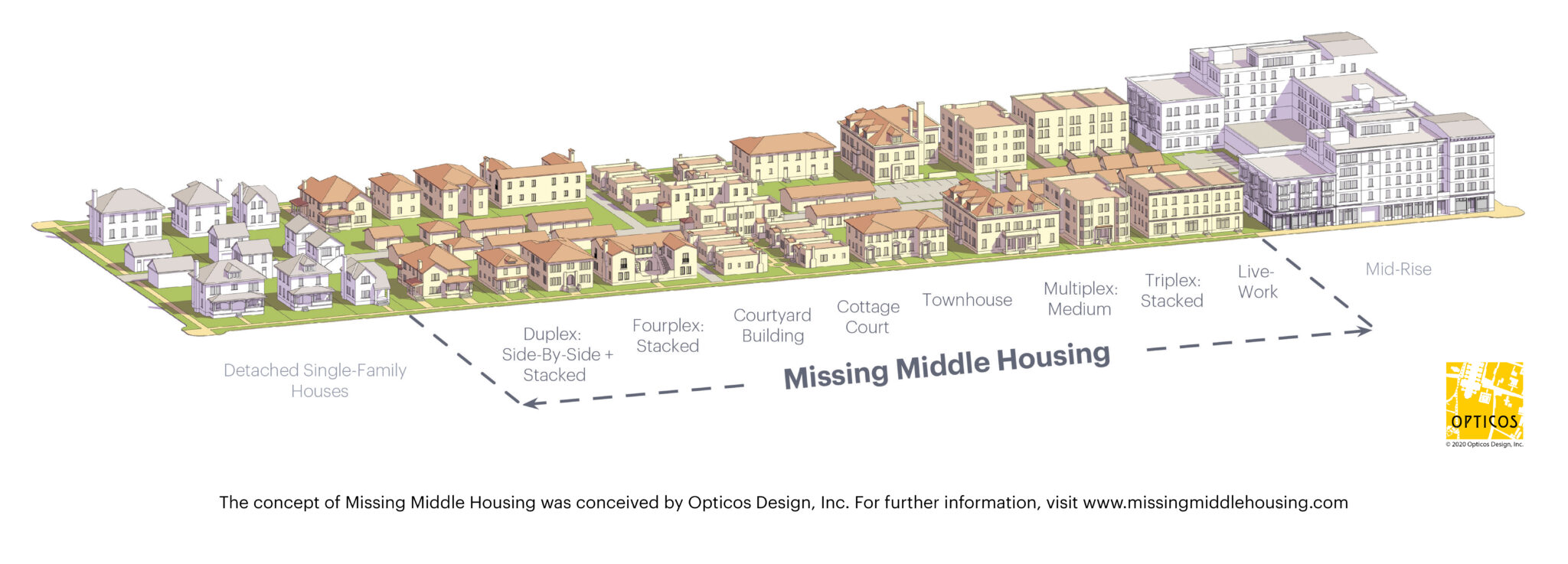What is Missing Middle Housing?
Missing Middle Housing (MMH) is a range of multi-unit housing types that fill the gap between single-family homes and large apartment buildings.
A recent study has revealed the urgent need for MMH options in the Charleston region as our area’s population continues to grow. Designed for walkable neighborhoods, MMH offers attainable, diverse housing options while maintaining the character of existing communities.
Why it Matters
Housing affordability in the Charleston region is at a crisis point. Families, young professionals and retirees alike struggle to find homes that fit their needs and budgets. MMH helps by:
Expanding Housing Choices
Yielding more than single-family homes or high-rise apartments.
Supporting Livable Communities
Creating vibrant, people-friendly neighborhoods with an emphasis on walkability and access to public transit options such as Lowcountry Rapid Transit.
Keeping Housing Attainable
Reducing costs for buyers and renters with cost-efficient units.
Did you know that housing costs in our region have increased by 87 percent between 2012 and 2022, but the median income has only increased by 27 percent? Click below to read Chapter 1 of the study for more information about cost burdens and other housing market trends.
Types of Missing Middle Housing
MMH options are as varied as the communities within our region. These options include:
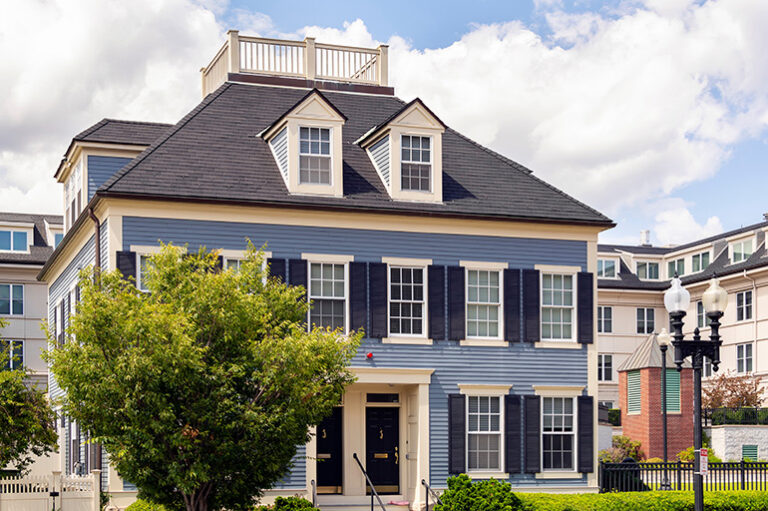
Duplexes & Triplexes
Multi-unit homes that blend into single-family neighborhoods
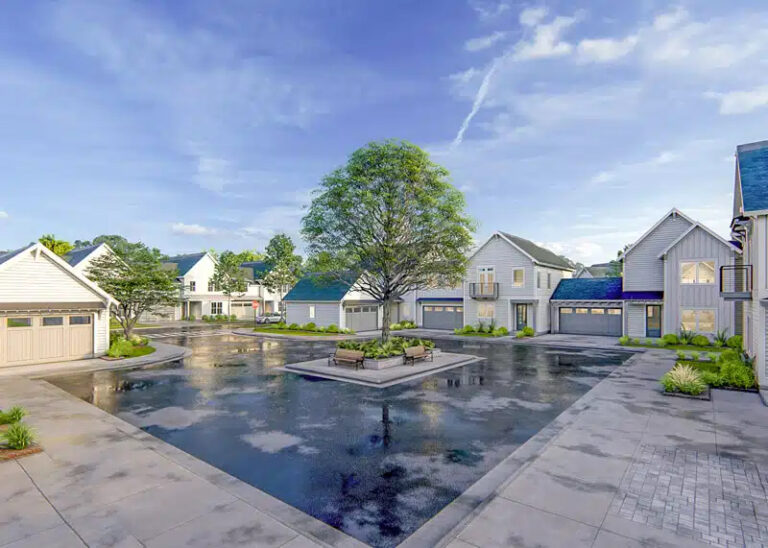
Cottage Courts
Small homes clustered around shared green space
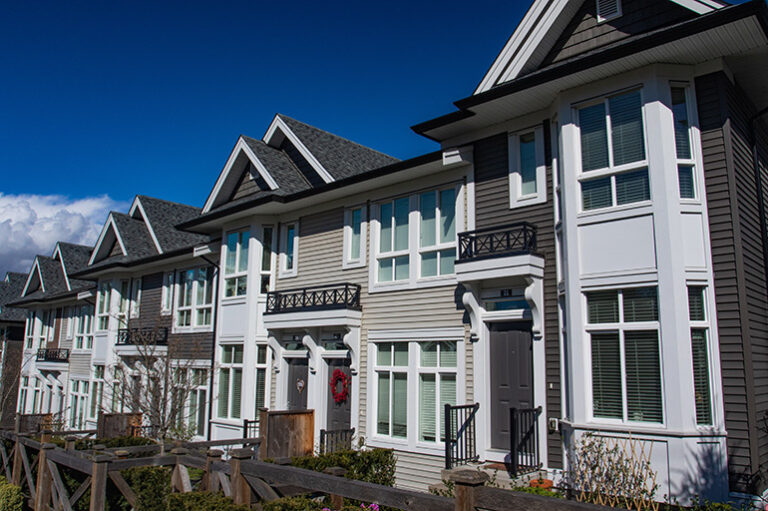
Townhouses & Multiplexes
Efficient, community-friendly housing options
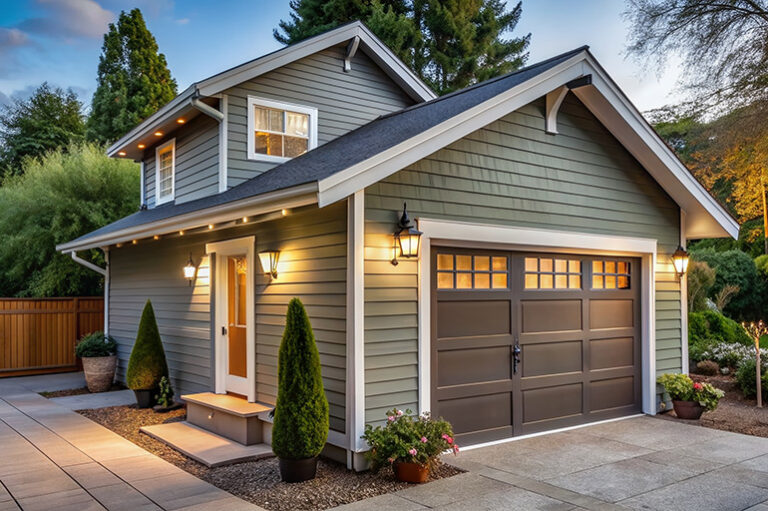
Accessory Dwelling Units (ADUs)
Secondary units like backyard cottages and garage apartments
Learn more about MMH, including the types of housing options.
Challenges & Barriers
Why is MMH missing in so many places? Outdated zoning laws, complex regulations and financial hurdles can stand in the way of this much-needed asset. Key challenges include:
Zoning Restrictions
Many areas only allow single-family homes
Financing Difficulties
Loans and funding options favor large developments
Regulatory Roadblocks
Parking mandates, lot size requirements, and density limits
Strategies such as transit-oriented development (TOD) exist to transform existing housing areas into MMH-friendly locales, with an emphasis on public transit. Learn more about TOD in Chapter 3 of the study, and continue reading for more solutions.
Solutions & Strategies
Change is possible. Forward-thinking cities are adopting:
Zoning Reform
Updating codes to allow diverse housing types
Pre-Approved Housing Plans
Reducing barriers for builders and homeowners
Form-Based Codes
Prioritizing design and community fit over outdated density rules
Community Engagement
Ensuring thoughtful growth that prevents displacement

Read more about displacement prevention strategies for the Charleston area in Chapter 4 of the study.
Planning and zoning are also critical to the availability of MMH in our region. Check out Chapter 5 for a deep dive into existing planning and zoning policies and next steps for the area.
Get Involved
Be part of the solution. Whether you’re a policymaker, real estate professional or concerned resident, you can join our effort to bring Missing Middle Housing to your community.
Advocate for Change
Become an advocate for MMH in your community by reaching out to your local elected officials. Follow the links below to email your city council members:
City of Charleston
Send an Email
City of North Charleston
Send an Email
Stay Connected
Looking to connect with us? Click below to receive updates and to get involved.
Join us in advocating for a region with more attainable housing and increased connectivity for all.
